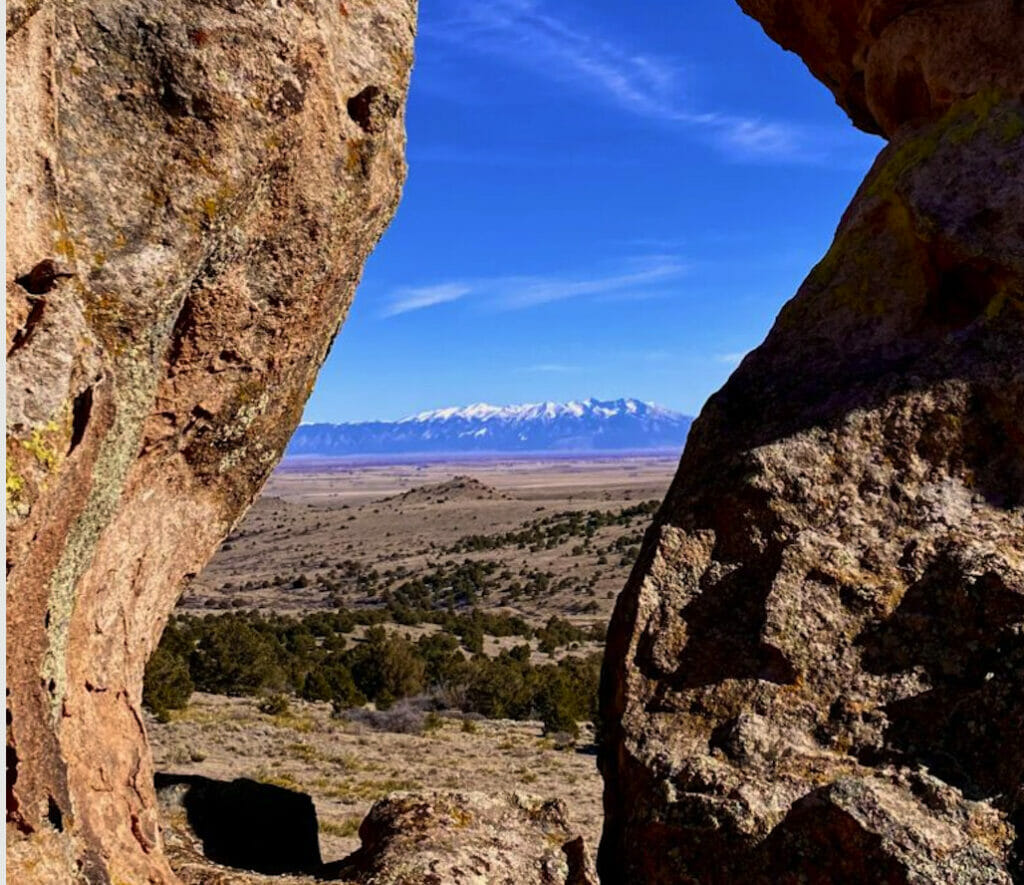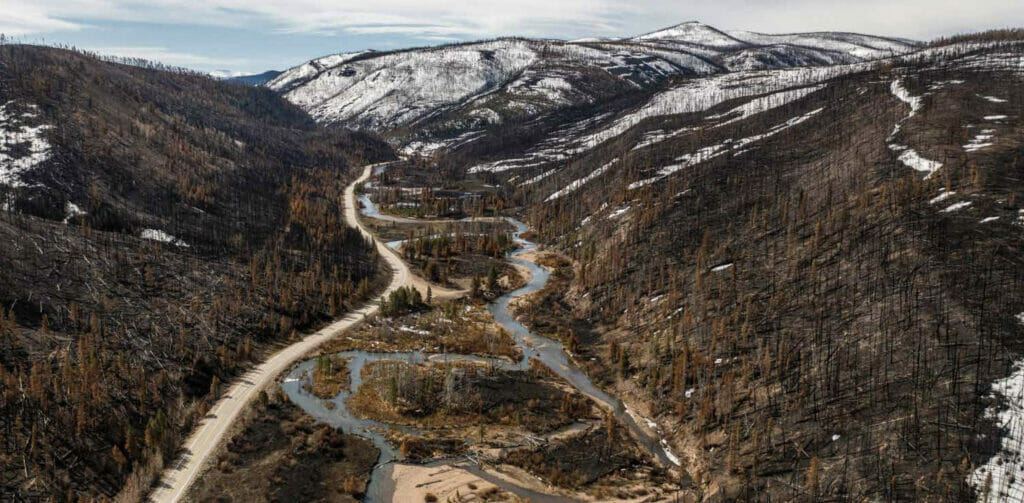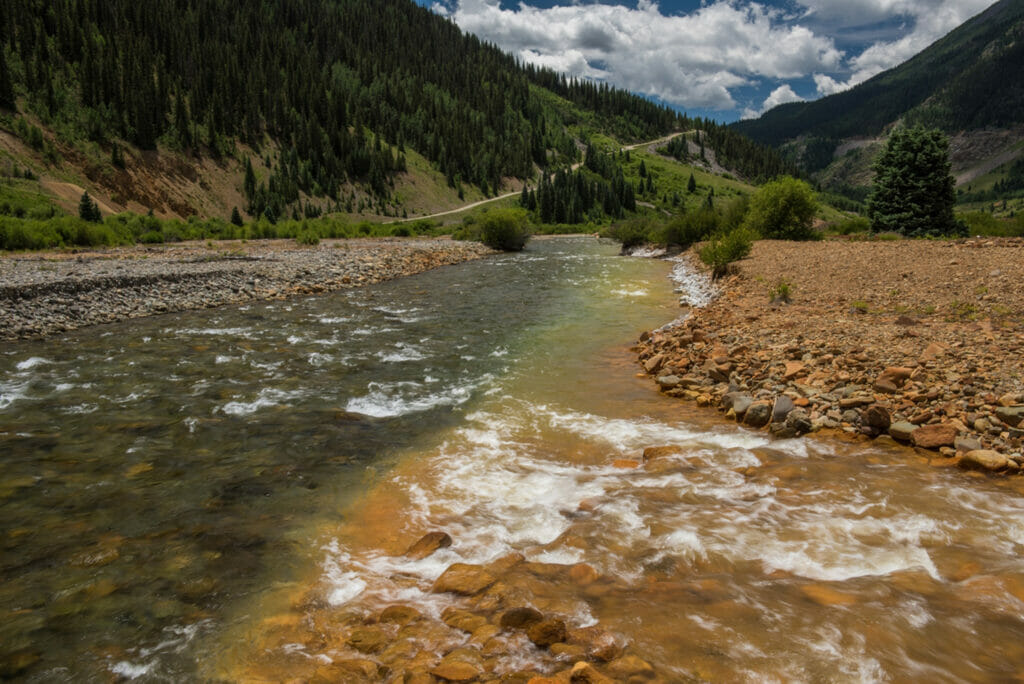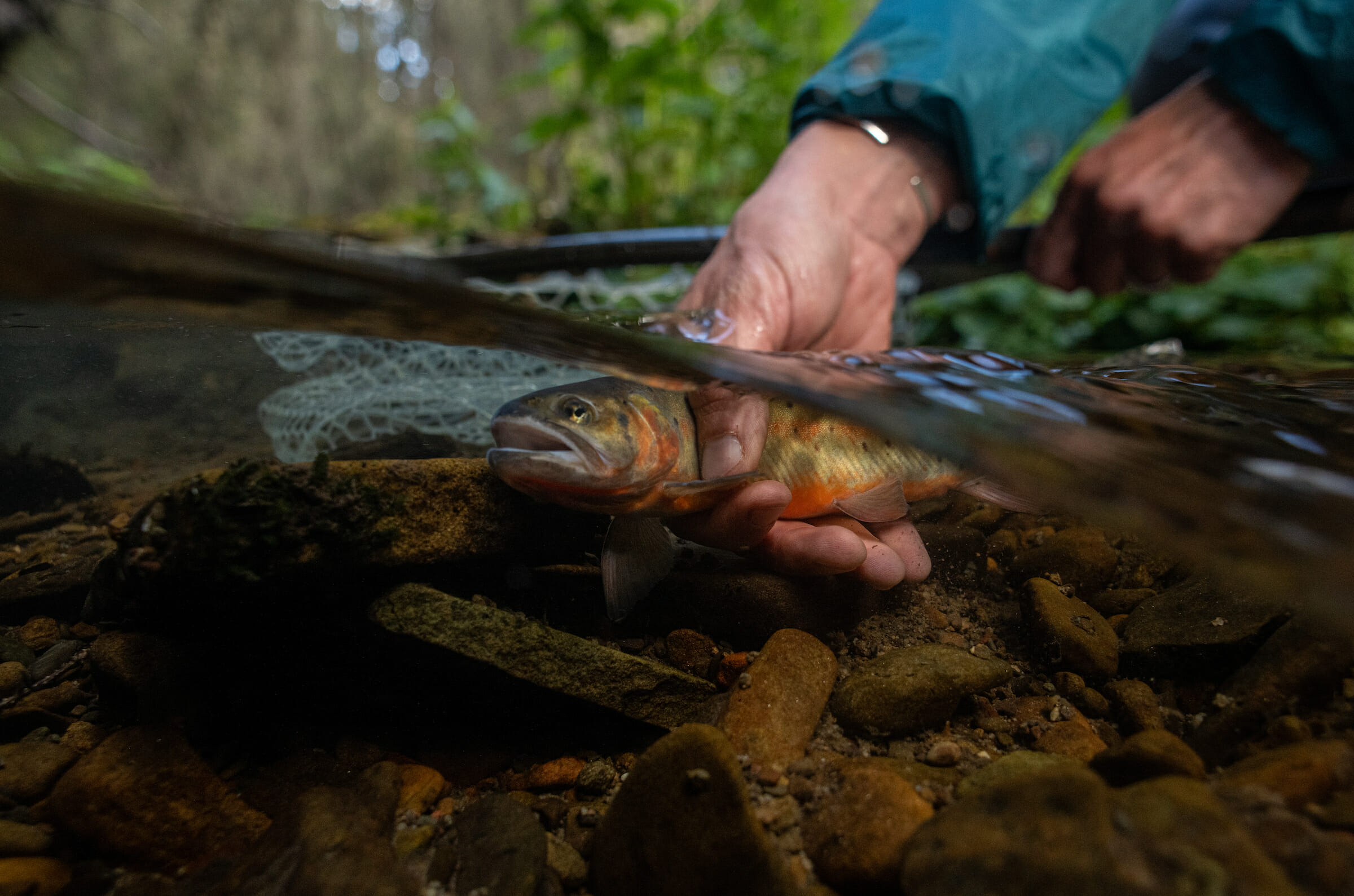For two decades Trout Unlimited has worked to protect and restore one of the most unique trout sub-species in North America — the Rio Grande cutthroat — by engaging numerous partners in protecting, reconnecting and restoring coldwater habitats in the Rio Grande basin. In this semi-arid landscape, it has always been a challenge to stretch the basin’s water to serve all the demands upon it — and climate change is rapidly intensifying this challenge.
One way that TU is helping to address this challenge, in the Rio Grande basin and across the U.S., is by advocating for funding dedicated to protection and restoration of freshwater ecosystems and leveraging such funding to implement on-the-ground projects that help local communities and economies as well as fish and wildlife. Our efforts in this regard got a big boost recently with the passage of the Infrastructure Investment and Jobs Act, sweeping legislation that makes major investments in helping the nation address the impacts of climate change.
At over one-thousand pages in length, it can be tough to figure out what impact this legislation will have on the ground and in our communities. Here’s how a few provisions will make a difference in the Rio Grande.
Watershed Restoration:
The bill establishes a new, collaboration-based Aquatic Restoration Program to “restore fish passage or water quality on Federal land and non-Federal land” and provides $80 million in funding to be directed toward fish passage and other projects that improve water quality. In the upper Rio Grande, this will help to restore habitat for Rio Grande cutthroat, which now occupies less than 10% of its historic habitat.

Legacy Roads and Trails:
The bill authorizes and provides $250 million for the Forest Service’s Legacy Roads and Trails program, a long-time priority for Trout Unlimited that helps fund projects like culvert replacements, moving roads out of riparian areas and decommissioning old and no-longer-needed roads. With $40 million dedicated to road and trail deferred maintenance on the Rio Grande National Forest, this funding will be put to good use. Legacy Road and Trail projects like the Beaver Creek Aquatic Organism Passage will become a reality, helping to reconnect watersheds, allow for fish movement and build watershed resiliency to the effects of climate change.
Forest Restoration:
The infrastructure bill appropriates over $3 billion for wildfire risk reduction and ecosystem restoration, including funding for ecologically appropriate prescribed burning, thinning, and hazardous fuels treatments. This will help to lessen the impact of climate change-fueled wildfires like the West Fork Complex Fire that burned through more than 100,000 acres of the Rio Grande National Forest in 2013. Fire is a natural and integral part of forest ecology, but it must be the right fire — this funding will help to restore natural forest conditions that are more representative of their historic fire regimes.

Western Water:
The bill recognizes the critical role of water infrastructure and watershed health in improving water security as climate change makes conditions hotter and drier. It invests $400 million in the WaterSMART program, $100 million of which is dedicated to natural infrastructure projects; $100 million for watershed management projects; $250 million for aquatic ecosystem restoration and protection projects; $300 million to implement the Colorado River Basin Drought Contingency Plan; and $1 billion for water reuse and recycling. In places like the San Luis Valley, where the Rio Grande is stretched to serve all the demands upon it, these provisions will help to ensure more water is available for the trout, irrigators and communities who depend on the lifeblood of the valley.
Abandoned Mines:
The infrastructure legislation would establish, for the first time, a dedicated program for cleaning up abandoned hardrock mine sites with 50% of the funding to go to States and Tribes in the form of grants, and 50% for cleanups on federal lands. While the program includes an authorization for $3 billion, the bill doesn’t actually fund the program, so it is essential that Congress takes the next step to appropriate money — ideally through the reconciliation package currently being debated. This will help to fund abandoned mine cleanups like the Terrero Mine, which for years polluted the upper Pecos River and its fishery.

The passage of the Infrastructure Investment and Jobs Act will help to jumpstart restoration efforts across the country and add horsepower to TU’s work to restore, reconnect and sustain the upper Rio Grande basin. And with climate change making phenomena like wildfire and drought more frequent and extreme, and the impacts on trout and salmon more widespread, it couldn’t have come soon enough. There’s work to do, let’s get after it!



